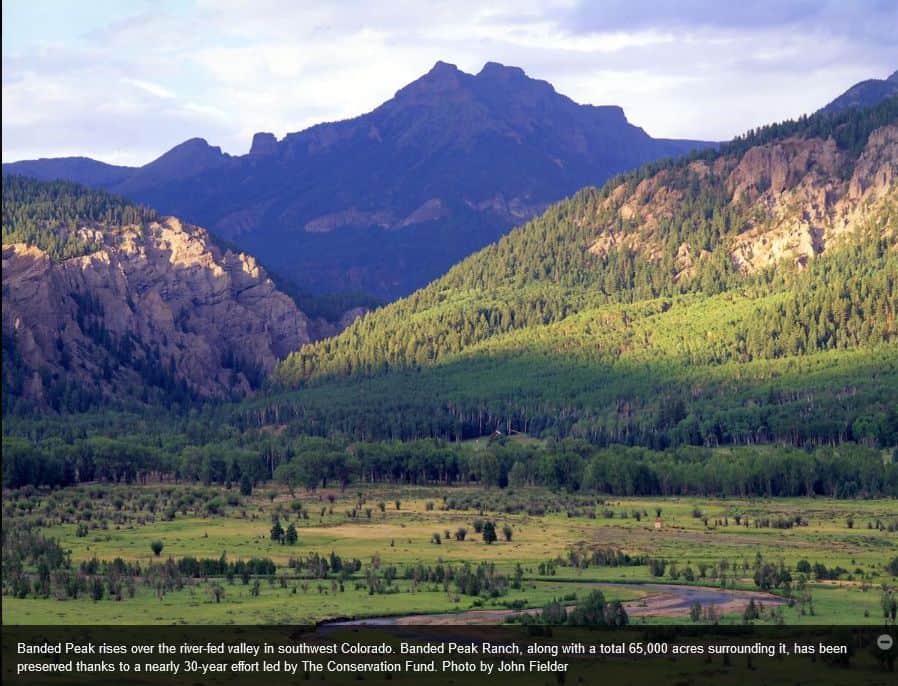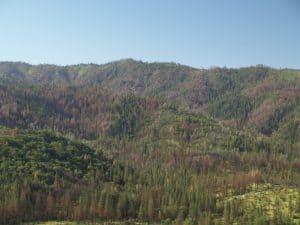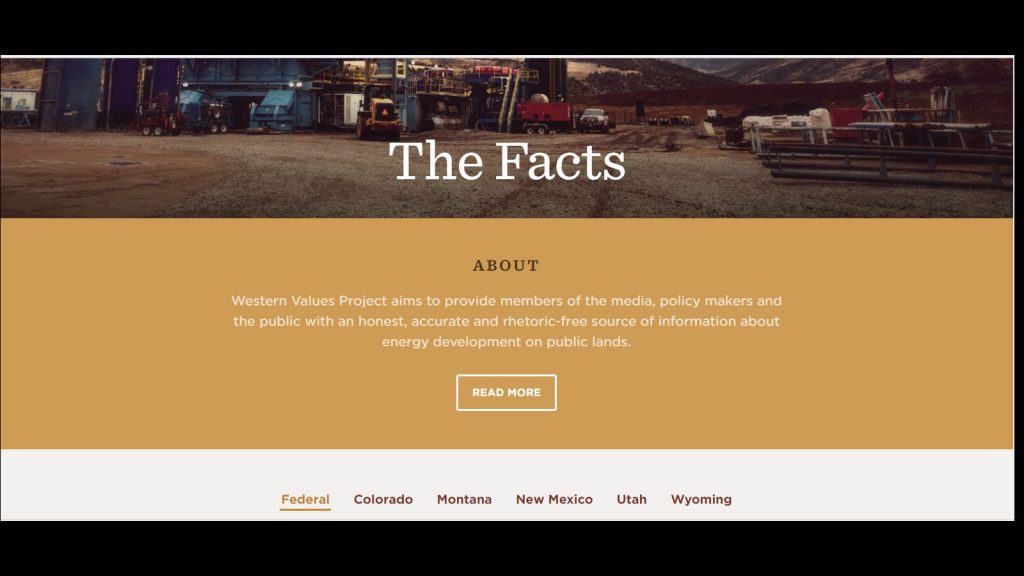Vince Bzdek of the Colorado Springs Gazette wrote a piece on Sunday that described a Knight poll:
I’ve observed this myself:
“Recent studies have suggested the loss of local news coverage in many areas may be a factor in Americans’ current level of political polarization,” the Knight study concludes, “as national news outlets tend to focus more on issues that have a partisan angle or include partisan conflict.”
Bzdek goes on:
But this one surprised me. More than eight in 10 Americans also believe the news media has the ability to heal such divisions.
What? you say. How? you ask.
A separate Gallup/Knight Foundation web survey conducted in December 2019 asked Americans that very question.
The No. 1 answer was ensuring reporters cover people who have views different from their own with respect and understanding (89%). That was followed closely by hiring reporters who come from a variety of different backgrounds, both ethnic and ideological (80%).
About three-quarters of Americans (74%) think hosting forums that bring people from different backgrounds together to discuss their experiences (like the Gazette’s Community Conversations) are healing.
And 66% say it would be healing if we covered more stories about people trying to engage in civil discourse on issues.
In sum, a majority of you believe that local media can help restore sorely needed social capital to our communities. With your support, healthy vibrant local media can be the Gorilla Glue that helps put this country back together
About three-quarters of Americans (74%) think hosting forums that bring people from different backgrounds together to discuss their experiences (like the Gazette’s Community Conversations) are healing.
And 66% say it would be healing if we covered more stories about people trying to engage in civil discourse on issues.
In sum, a majority of you believe that local media can help restore sorely needed social capital to our communities. With your support, healthy vibrant local media can be the Gorilla Glue that helps put this country back together.
The bolded part reflects what we do here at The Smokey Wire. Sometimes I’ve found it hard to explain why we do this, but I like the idea of it being “healing.”
I’ll just highlight two stories that I think reflect the local vs. national tendencies (and, of course, funding by national groups can affect local stories).
State Political Antics:
NOTE: THIS HAS BEEN CORRECTED, THANKS TO MATTHEW, I MISREAD THE ARTICLE IN COPO, THANKS, MATTHEW!
This one from Colorado Politics talks about Governor Polis’ appointing some fairly unusual folks to the State Wildlife and Parks Board, and even a former WEG general counsel under a slot for production agriculture (which strikes some folks as odd, including me; imagine if the Forest Service in this Administration had a FACA committee with a slot for environmental groups and selected someone from the Farm Bureau?).
We can get an idea of nuts and bolts of State Government from local news. Previously we’ve discussed an OPB story on how Oregon treats the timber industry. This Colorado Politics article talks about the nuts and bolts of appointments to the State Wildlife and Parks Board, and talks about representation from different parts of the State- or not – and did an open records search to see who was recommending folks and where they were from. The CoPo article asked the question “if the idea was to get more people on the commission from the Eastern Plains, is someone who moved there three years ago and appeared to be splitting his time appropriate (Tutchton of WEG)?”. But the fact is that Polis doesn’t have to appoint anyone from the Eastern Plains or the Western Slope to the Commission if he doesn’t want to.
But I think it’s important that someone reports on this, because otherwise we probably wouldn’t have an idea for how the State is working. Covering States is also important IMHO because that’s where governments have to get many things done, and they are the incubators for policy change. I don’t think we can get an idea of government in the US if we just focus on the Feds which of course national media tend to do. At least here in Colorado, there has been a history of working across party lines at the state level.
People Working Together To Do Good Things:
This one from this morning in the Gazette about a new conservation easement in SW Colorado-here the framing is ranches are better than subdivisions. In this framing, ranchers are partners, not enemies, of conservation and are good for wildlife and watersheds. Of course, this depends on the assumed alternatives, on federal lands it’s “no cows”; on private, it’s subdivisions and resorts.
The private ranches will remain that; the public can roam the peripheries, South San Juan Wilderness to the west, Rio Grande National Forest to the east and Continental Divide Trail to the north. The easements mean “what gets restricted and eliminated forever is subdivisions and any kind of significant development,” Quinlan said. “You’ll never see a resort in this valley.”
On Banded Peak Ranch, the easement preserves 33 miles of streams feeding a system especially critical to New Mexico. The tributaries benefit the San Juan-Chama Project, supplying drinking water for up to 90% of Albuquerque.
Along with water, conservationists had wildlife in mind in the mission. Elk, bighorn sheep, peregrine falcons and the federally threatened Canada lynx call the area home. As does a particular strain of cutthroat trout believed extinct until a 2018 discovery.
That all being said, if you run across a local story on our issues that you think has an interesting angle to it, please share with me at my email and I will round them up and post a collection. PSA if you can, please support your local news!




